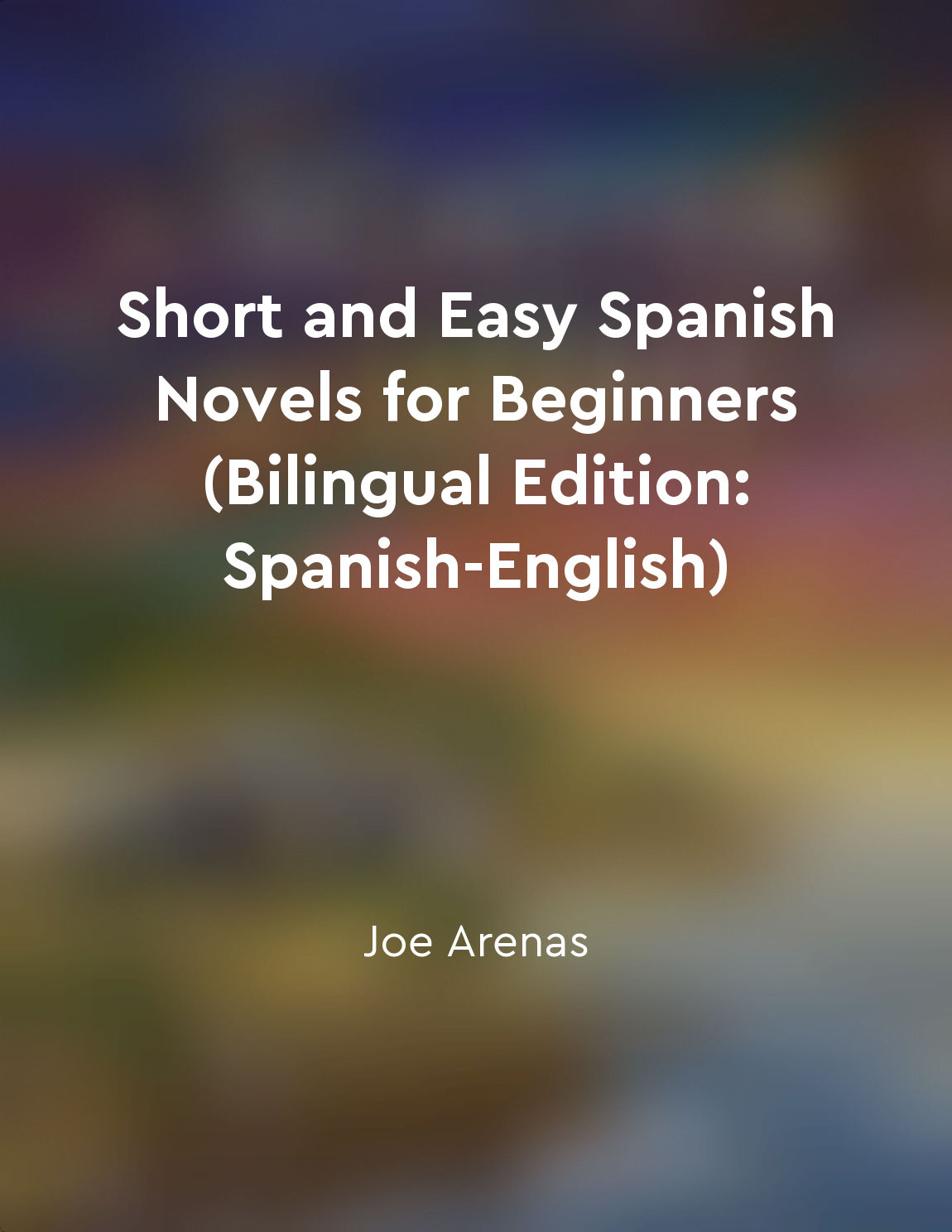Relative pronouns in Spanish introduce subordinate clauses from "summary" of Spanish Sentences by Nik Marcel,Robert P. Stockwell,J. Donald Bowen,Ismael Silva-Fuenzalida
Relative pronouns in Spanish play a crucial role in connecting two clauses within a sentence. These pronouns introduce subordinate clauses that provide additional information about a noun or pronoun in the main clause. By using relative pronouns, Spanish speakers can create complex sentences that convey more detailed ideas and relationships between different parts of a sentence. One common relative pronoun in Spanish is "que," which can be used to introduce both restrictive and non-restrictive clauses. Restrictive clauses provide essential information about the noun or pronoun in the main clause, while non-restrictive clauses offer additional, non-essential details. For example, "El libro que compré ayer es muy interesante" (The book that I bought yesterday is very interesting) contains a restrictive clause that specifies which book is being referred to. Another frequently used relative pronoun in Spanish is "quien" or "quienes," which are equivalent to "who" or "whom" in English. These pronouns are often used to refer to people and can introduce clauses that provide more information about them. For instance, "El estudiante que ganó el premio es muy inteligente" (The student who won the award is very intelligent) includes a relative clause that describes the student in more detail. Additionally, the relative pronoun "cual" or "cualquier" can be used to introduce clauses that provide descriptions or explanations. These pronouns are more formal and are often used in written Spanish. For example, "El proyecto, el cual fue aprobado por el comité, será implementado pronto" (The project, which was approved by the committee, will be implemented soon) showcases the use of "cual" to introduce a non-restrictive clause.- Relative pronouns in Spanish serve as important connectors that link different parts of a sentence together. By understanding how to use these pronouns effectively, Spanish speakers can create more complex and nuanced sentences that convey detailed information and relationships between various elements.
Similar Posts
Immerse yourself in the Spanish language
Dive headfirst into the Spanish language. Surround yourself with it. Listen to Spanish music, watch Spanish movies, and read Sp...

Learning Spanish
Learning Spanish is a journey that can open up a whole new world of possibilities for you. It is not just about memorizing voca...
Engaging characters and plots
The characters and plots in these short stories are carefully crafted to captivate and maintain the reader's interest from begi...
Opportunities for economic growth in Spanishspeaking markets
The Spanish-speaking markets offer significant opportunities for economic growth. These markets encompass a diverse range of co...
Expressions for everyday situations
This book provides a wide range of practical expressions that you can use in your everyday interactions. These expressions are ...

Subjunctive mood in Spanish is used for expressing doubt, desire, or uncertainty
The subjunctive mood in Spanish is a verb form that is used to express doubt, desire, or uncertainty. It is often used in situa...

Articles introduce nouns and help specify them
Articles play a crucial role in English grammar by introducing and specifying nouns. They help to establish whether the noun be...
Differentiating between formal and informal verb forms
When it comes to verb forms in Spanish, it is important to be aware of the distinction between formal and informal usage. This ...
Features a variety of themes and settings
The stories in this collection cover a wide range of topics and environments, offering readers a diverse reading experience. Ea...
Countable and uncountable nouns
Countable nouns are nouns that can be counted and have both singular and plural forms. They can be preceded by a number or the ...

